
“Retourner le rêve à la manière d’une chaussette que l’on retire.” Alberto Savinio and French Surrealism
Although Savinio defined himself as a non-Surrealist painter, and the artist’s relationship with French surrealism has, in part, already been studied, this paper aims shed new light on Savinio’s relationship with the French movement during his second Parisian period (1926–33). This relationship will be analyzed both in terms of the artist’s participation in surrealist group initiatives and shared stylistic influences, focusing particularly on works from the same period by René Magritte and Max Ernst. Additionally, as the surrealists were also collectors, this presentation will address Savinio’s reception within the surrealist group—both as a painter and as a writer.
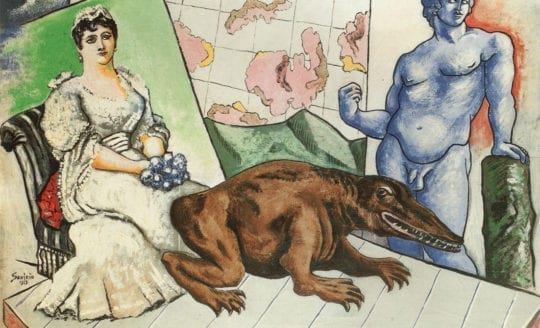
Introduction
A brief overview of the second issue of Italian Modern Art dedicated to Alberto Savinio.
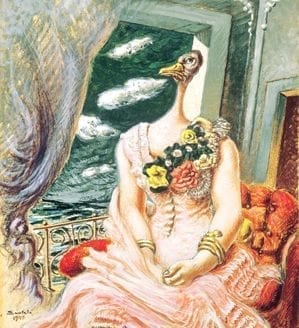
De-heroizing Myths: Some Insights into “Capitano Ulisse”
This article offers insight into Alberto Savinio’s play Capitano Ulisse (Captain Ulysses, 1934), with a particular focus on its representation of Penelope. An analysis of the play, in combination with an examination of some of Savinio’s paintings, illustrates how his peculiar rewritings of Homer’s Odyssey subvert mythology in order to mock bourgeois society. This article tries to shed light on the sense and scope of Savinio’s de-heroization of myths, namely his reshaping of these stories into new, ironic, and unheroic forms and meanings.
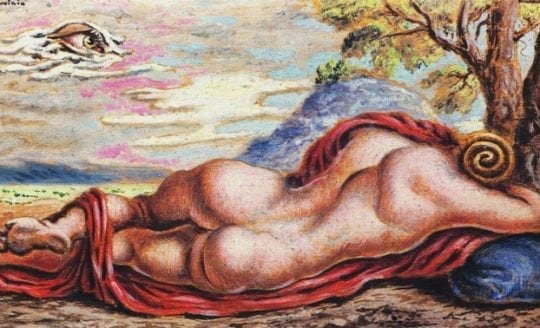
Impossible Homecoming: Alberto Savinio and his “Hermaphrodito”
This article approaches Alberto Savinio’s multifaceted oeuvre by addressing the experimental novel Hermaphrodito (1918) in its literary autonomy and epistemological implications. Hermaphrodito takes to the extreme the etymological research launched in Nietzsche’s The Genealogy of Morals, together with Savinio’s reflection on “irony” as a key feature of modern art. Through the autobiographical yet fantastic narrative of “homecoming” to his native Greece during WWI, Savinio represents the impossibility of a narrative that is founding myth of Western civilization, the original unity that supports all metaphysical systems from Plato onwards. Hermaphrodito features said “homecoming” as both an existential and linguistic impossibility.
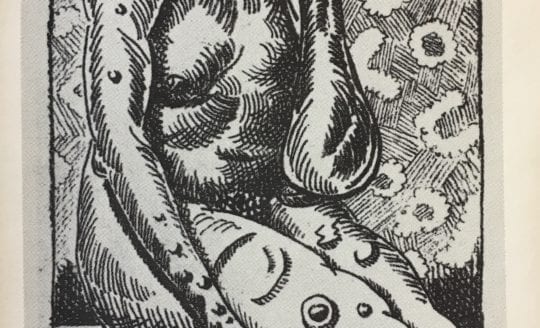
Alberto Savinio’s Hybrid Bodies: Incorporating Science and Techne
Savinio’s representations of science and technology in his literary works (primarily from the early forties) add yet another dimension to his reinterpretations of classical myths and Biblical tropes. By incorporating scientific theories and technological developments, Savinio offers new perspectives for exploring the liminal spaces between human and machine, animate and inanimate, life and death, and changing understandings of the relationships between the body, mind, and soul. Furthermore, his stories of ‘mad scientists’ warn against the potential dehumanization of individuals in the name of scientific inquiry, and serve as cautionary tales against excessive faith in any one authority.
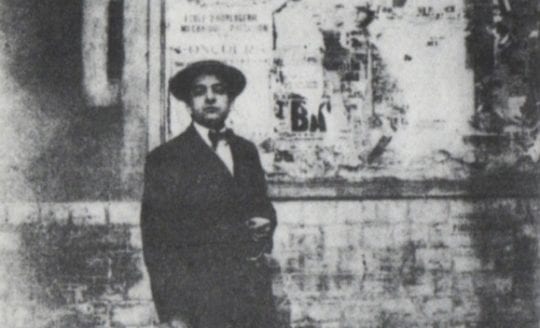
Alberto Savinio: A Creative “Power Station”
Wanderer of the imagination, alchemist of the word, and unable to give expression to his extraordinary creativity through one single art, Alberto Savinio left in his papers a precious testimony to his phenomenal intellect. In this essay, Paola Italia takes the reader on an exclusive journey into Savinio’s creative process, opening the doors of the writer’s archive (preserved in Historical Contemporary Archive “A. Bonsanti” at the Vieusseux Archive in Florence), sharing excerpts from his manuscripts, papers, and book drafts, and providing insight into not only Savinio’s working methods but also the secrets of his creativity.
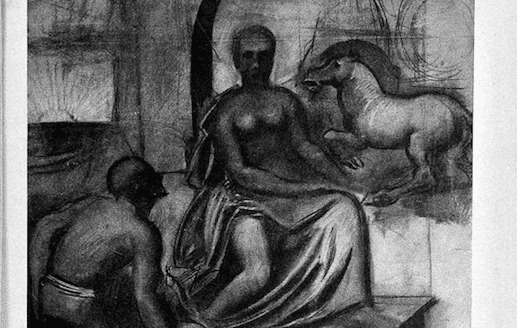
Alberto Savinio and the “Years of Consent”: The Experience of “Colonna” (1933–34)
This presentation considers the significant role Alberto Savinio played in the production and promotion of Italian culture during the early thirties, focusing specifically on Savinio’s founding and directing of the monthly review Colonna. Periodico di civiltà italiana. Although Colonna folded after only five issues, during its run the periodical served as a vehicle for Savinio to actively contribute to the revival of Italian culture as well as the movement around the “uomo nuovo italiano,” which was promoted by Fascism in the so-called “years of consent.”

Alberto Savinio’s Life and Work on Television: Programs by the Italian Public Broadcaster RAI Between the Late Seventies and Early Eighties
The late seventies were an important time for the critical reappraisal of Alberto Savinio’s work and its disclosure to a wider, non-specialist audience. The Italian public broadcaster Rai closely followed this rediscovery from the start, documenting it in its cultural programs. At the same time, Rai offered its own narration of Savinio’s life and work, thanks to original research by its authors. This paper investigates the ways in which Rai addressed Savinio’s life and work in its broadcasts, with a particular focus on the docudrama Alberto Savinio, il polipragmon (1978). Directed by Anna Zanoli, this docudrama is the first TV biography of Savinio and a significant example of a wider reflection on the possibilities of ‘translating’ a body of work or an artist’s biography for the small screen.
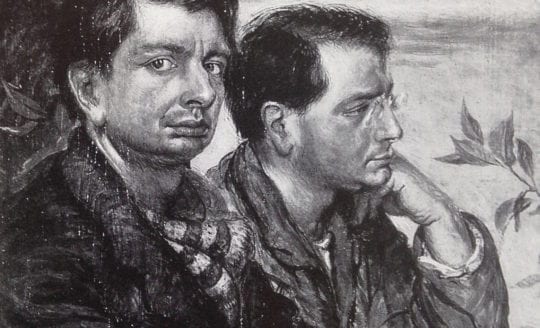
The Enigma of the Double: Sources and Symbols in Alberto Savinio’s Poetics
This paper analyzes one of the most ambiguous and enigmatic themes within the poetics of Alberto Savinio: that of the double, which continually resurfaces in the author’s work, taking on different meanings – from the concept of hermaphroditism to that of half-death, and from those of the mask to the shadow. Through a brief historical-theoretical excursus, the presentation will retrace chronologically the evolution of this fascinating topic in the vast musical, pictorial, literary and theatrical production of the minor of the “Dioscuri.”
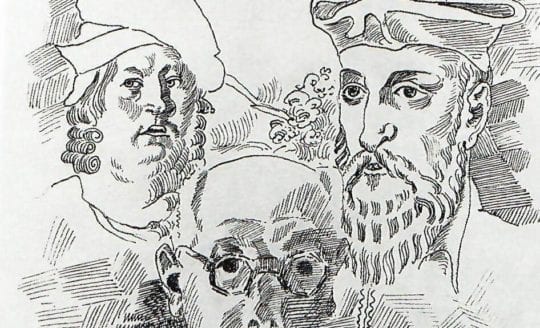
Alberto Savinio and Francesco Clemente: Dilettantes Among Symbols
This paper investigates the role played by Alberto Savinio’s work in Francesco Clemente’s production within the context of the renewed interest in and appreciation of the artist/writer in the seventies and eighties. It analyzes how Savinio’s literary themes and visual imagery has fostered Clemente’s exploration into the sign, the self, and the otherness. Finally, it explores the extent of the reception of Savinio’s poetics in the pursuit of an individual mythology and symbolic itinerary.
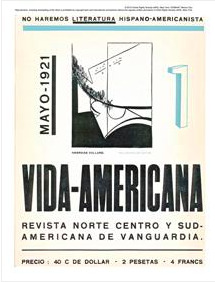
Alberto Savinio: A Bridge between Metaphysical Painting and Mexican Modern Art
In 1993, alongside the first exhibition in Mexico of works by Giorgio de Chirico, a parallel exhibition entitled “Metaphysics Iconography in Mexico” explored the connections between Metaphysical Painting and Mexican modern art. Omitted from this survey was the significant relationship between Alberto Savinio and the Mexican artist Marius de Zaya: both of these artists were not only considered part of Apollinaire’s creative circle but also collaborated together on projects for international magazines such as 291. This presentation investigates the reception of Alberto Savinio’s painting and art criticism in Mexico, as well as, more specifically, his connection with the artists de Zayas, Siqueiros and Antonio Ruiz “El Corcito.”

Alberto Savinio, Critic and Artist: A New Reading of Fantastic and Post-Metafisica Art in Relation to Surrealism Between Rome and New York (1943–46)
This paper explores the establishment and reception of Italian “fantastic” art. Together with Raffaele Carrieri, Alberto Savinio first coined this term in 1940 to describe the process by which artists drew inspiration from ancient Greek and Mediterranean (rather than Romantic) artistic traditions. “Fantastic” art arrived in New York via Italian Peace Corps volunteer Peter Lindamood. Between 1945 and 1946, Lindamood promoted the term “fantastic Italian art” in American magazines as well as spaces such as the Hugo and Julien Levy galleries. The culmination of this public recognition was MoMA’s 1949 exhibition “Twentieth-century Italian Art,” which included a section of so-called “Fantasts.”
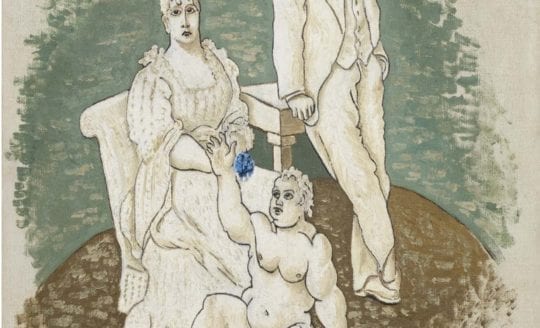
“Drammaticità di Leopardi” (1938): A Stage on Alberto Savinio’s Route to a More “Romantic” Italy
This paper deals with Alberto Savinio’s 1938 conference “Drammaticità di Leopardi,” presupposing the nineteenth-century poet as one of his most important sources. Tracking a hidden self-portrait in Savinio’s homage to Giacomo Leopardi, we encounter the problem of identity and the question of cultural belonging. This key issue seems to unite Savinio with Leopardi: both can be considered as outsiders within their culture, and this status appears to be globally connected with their modernity. Thus, dealing with Savinio and Leopardi promises to provide further understanding of “anti-modern” Italian culture from its margins.

